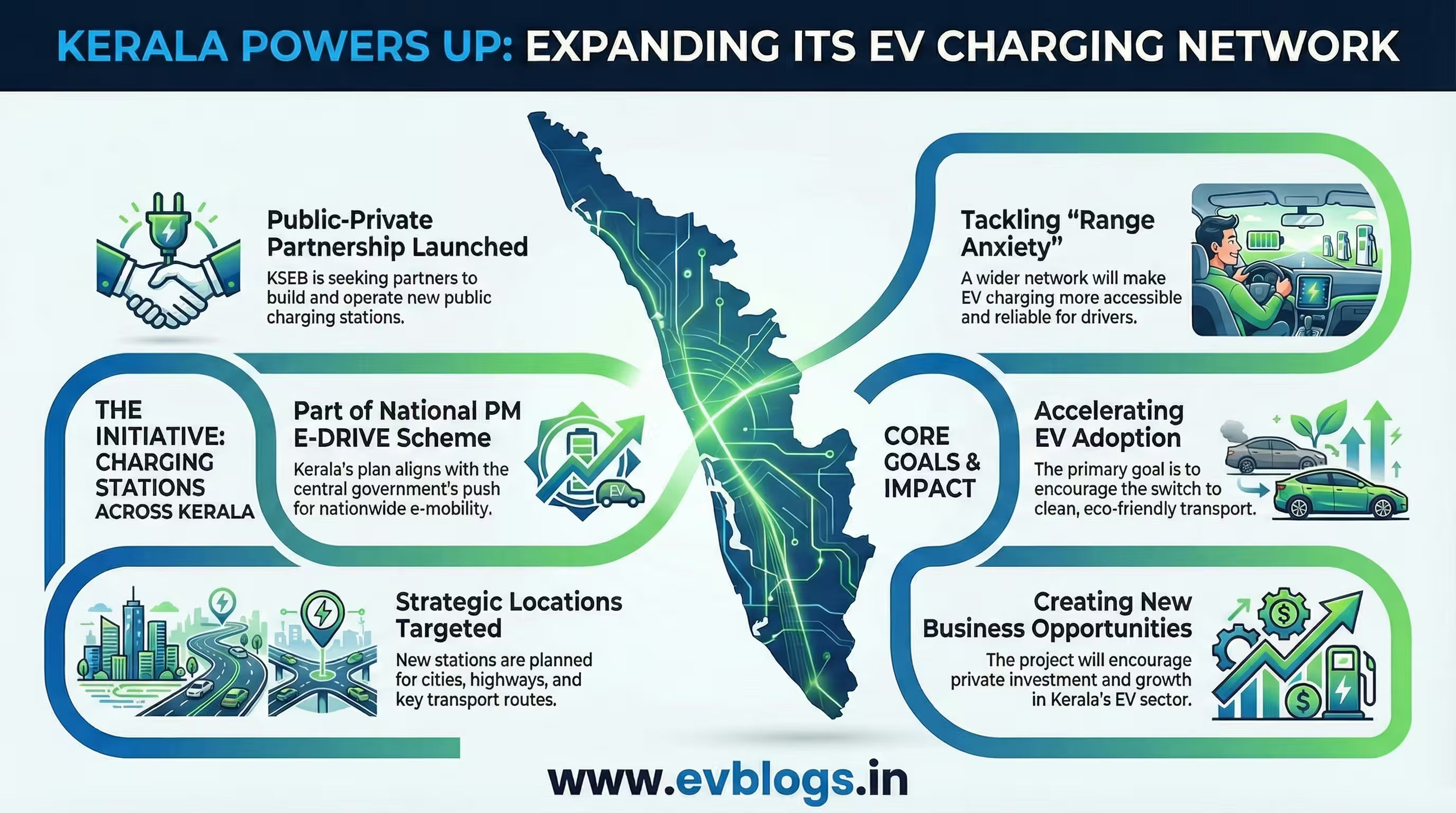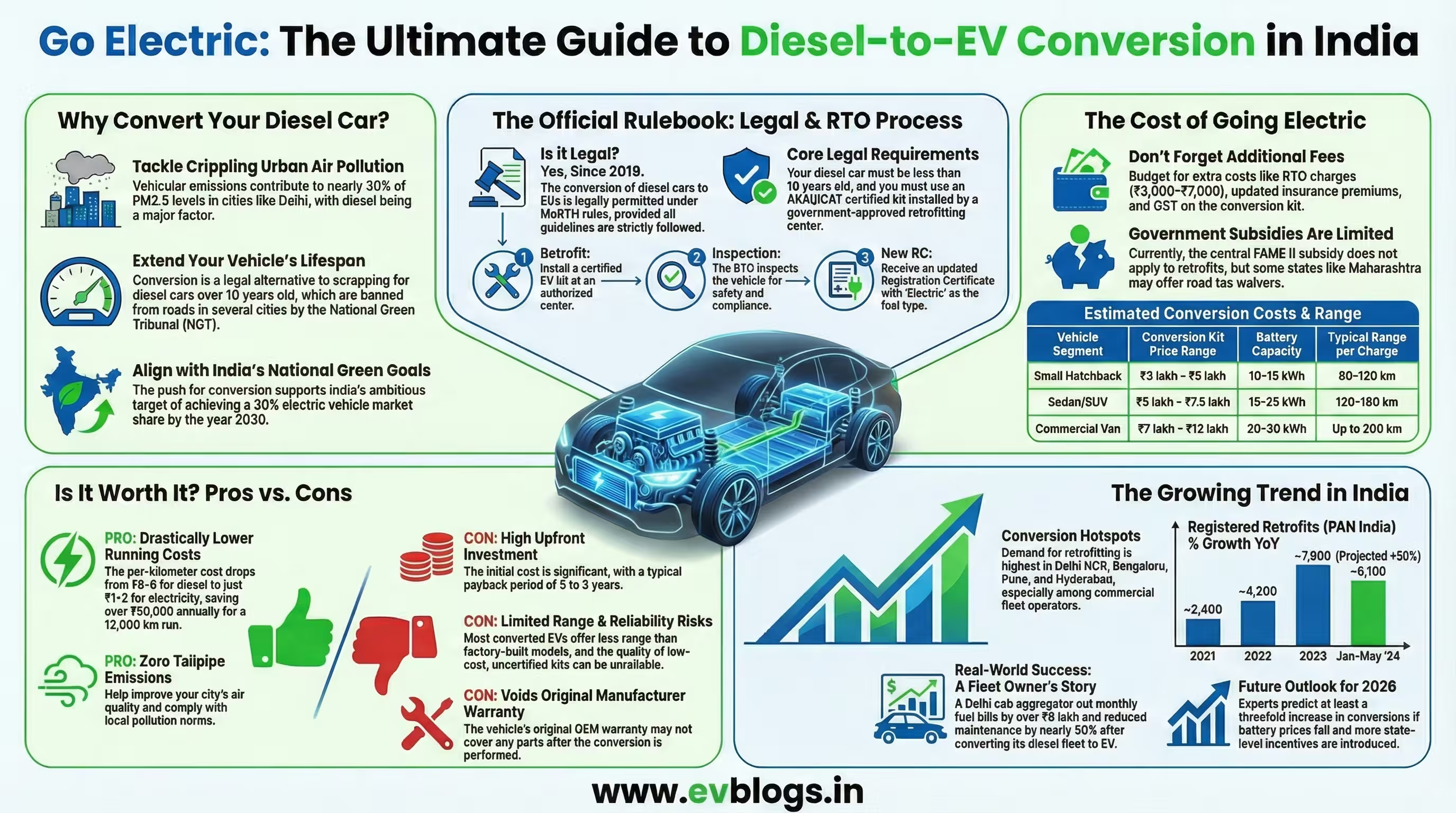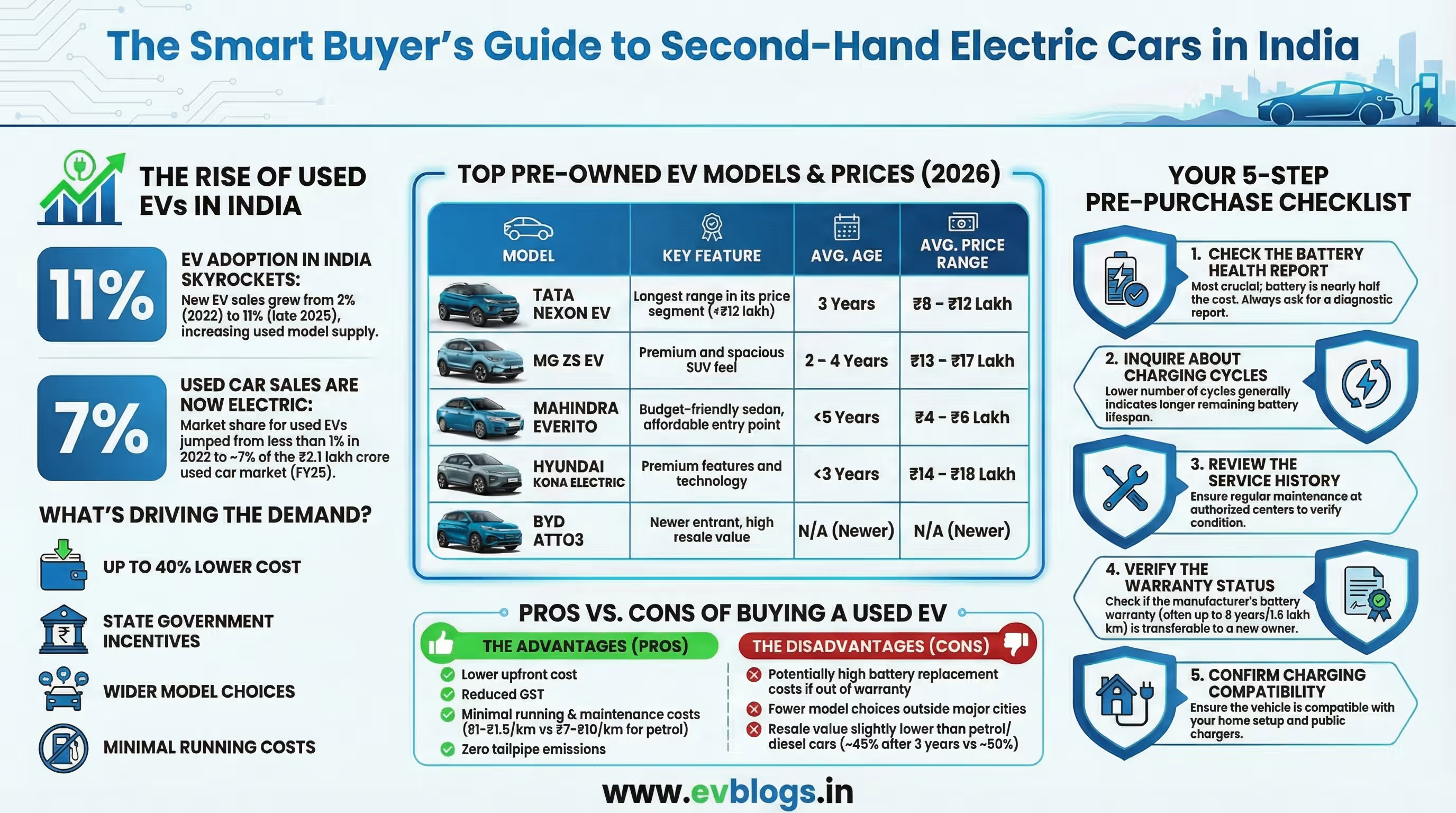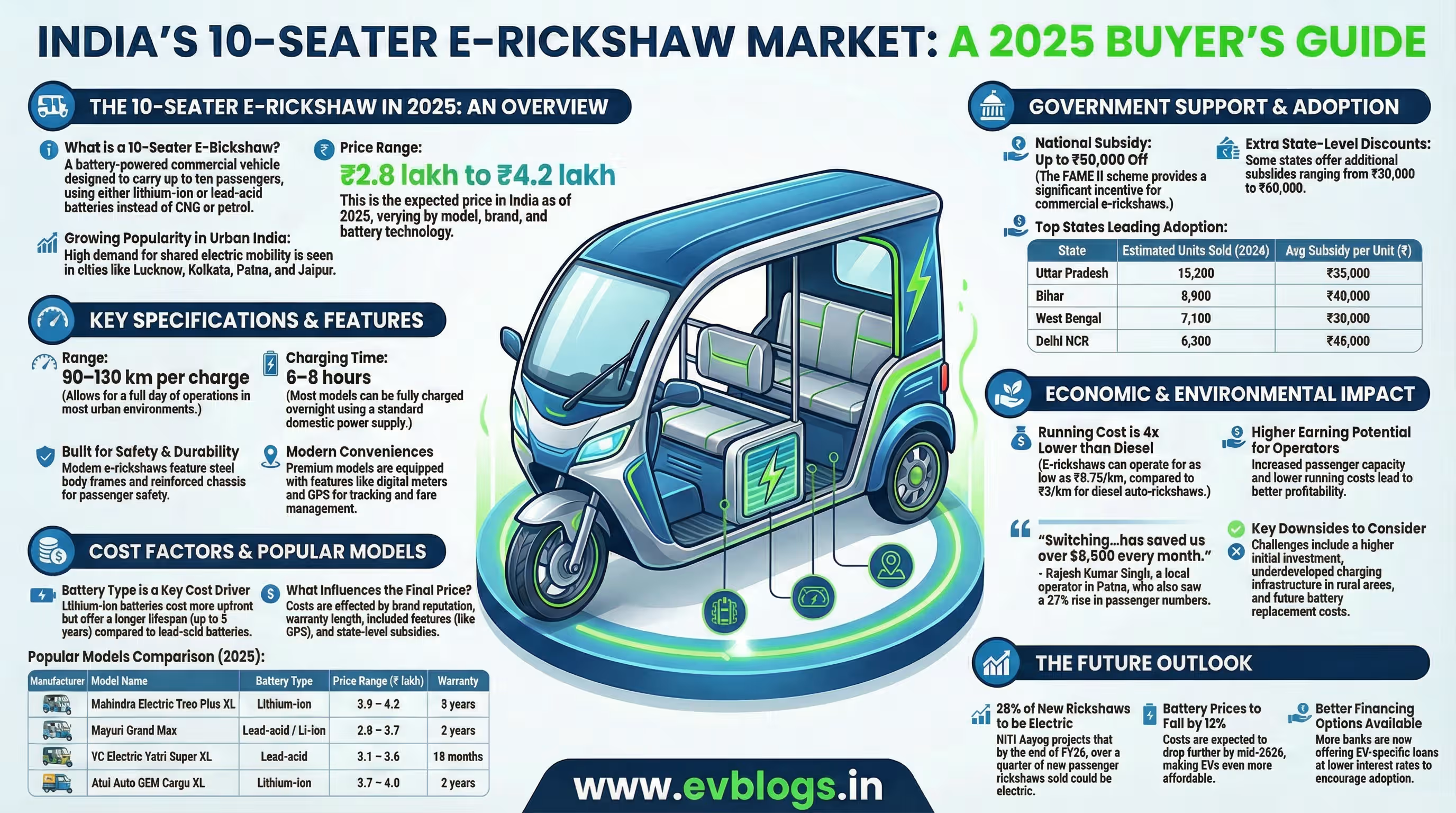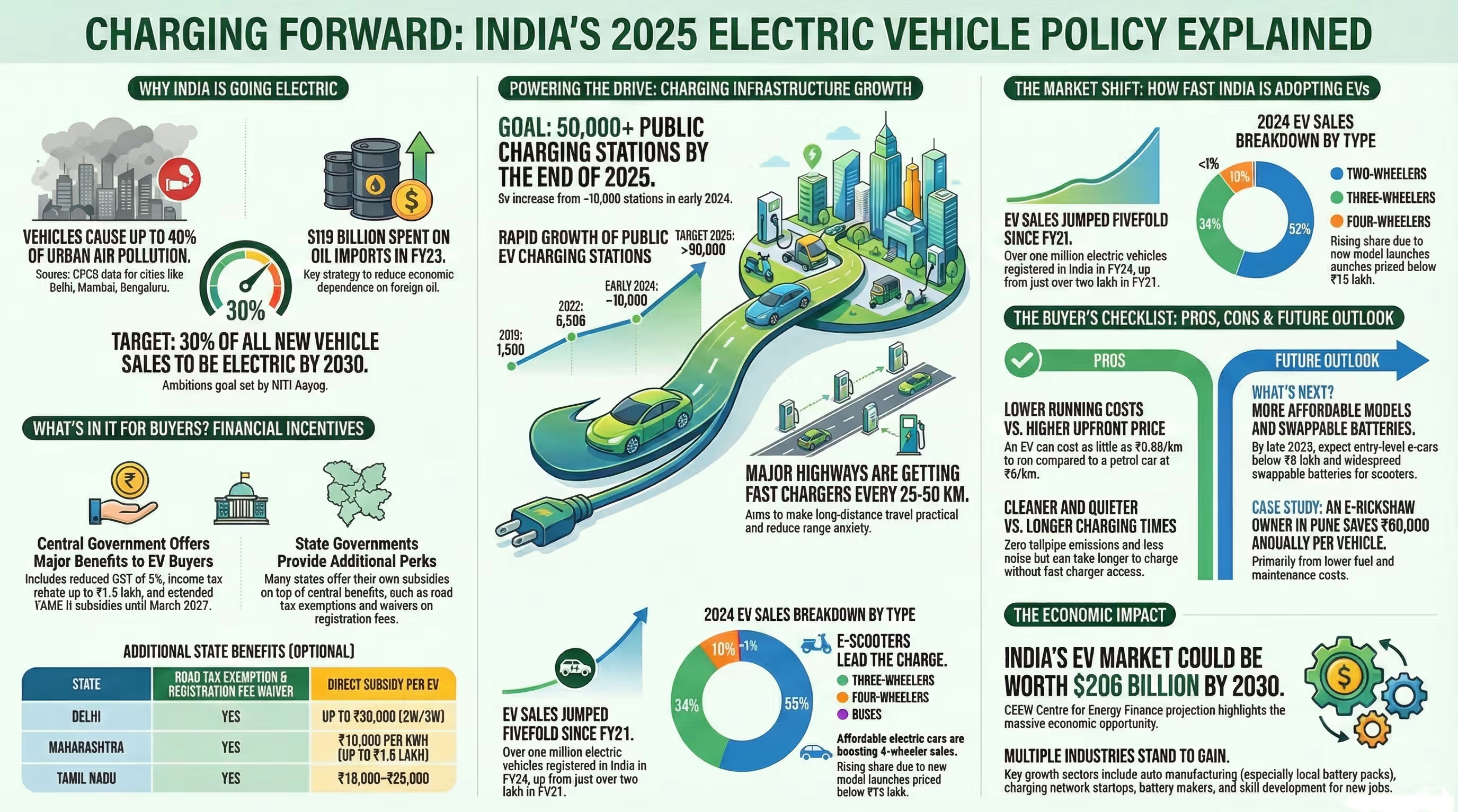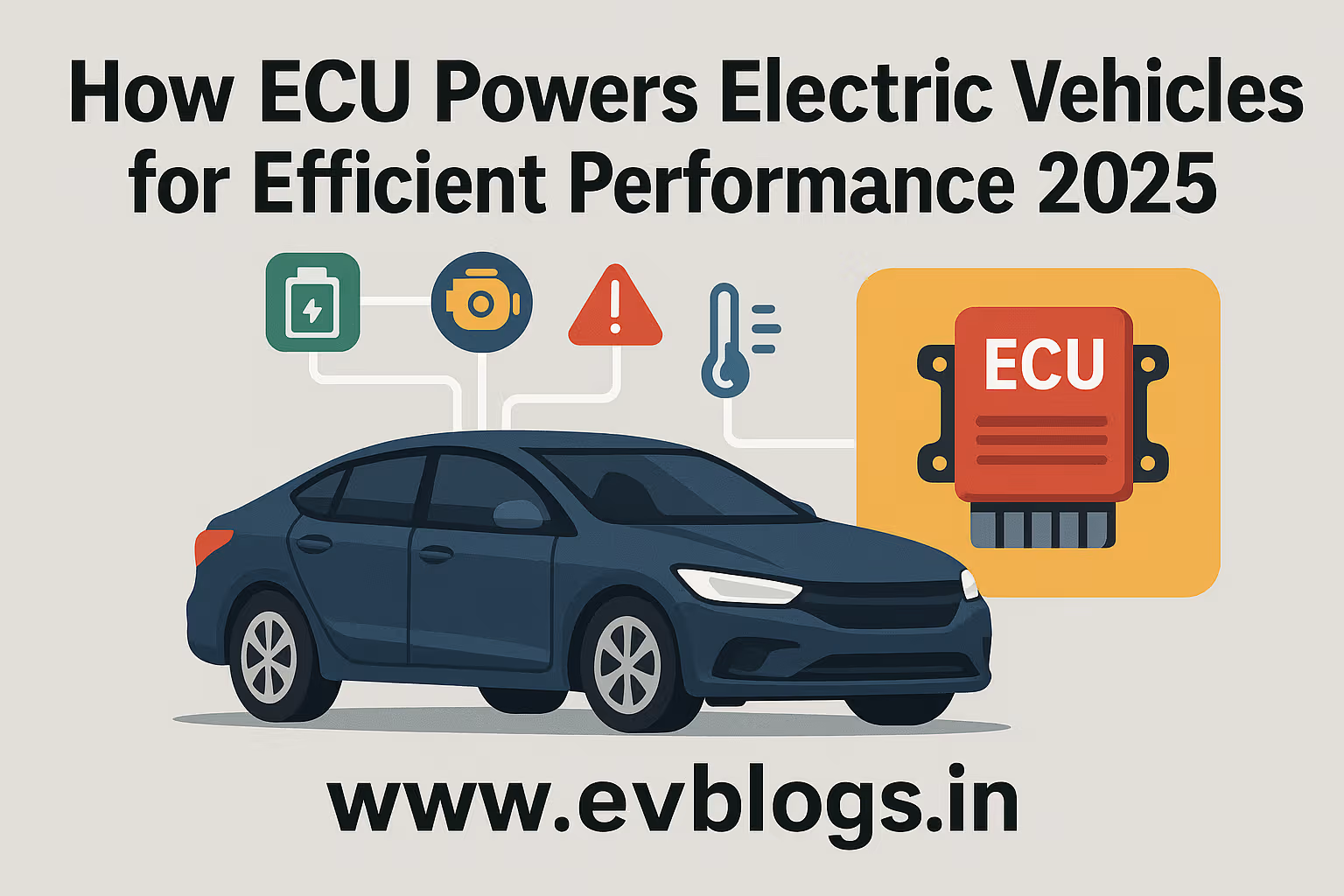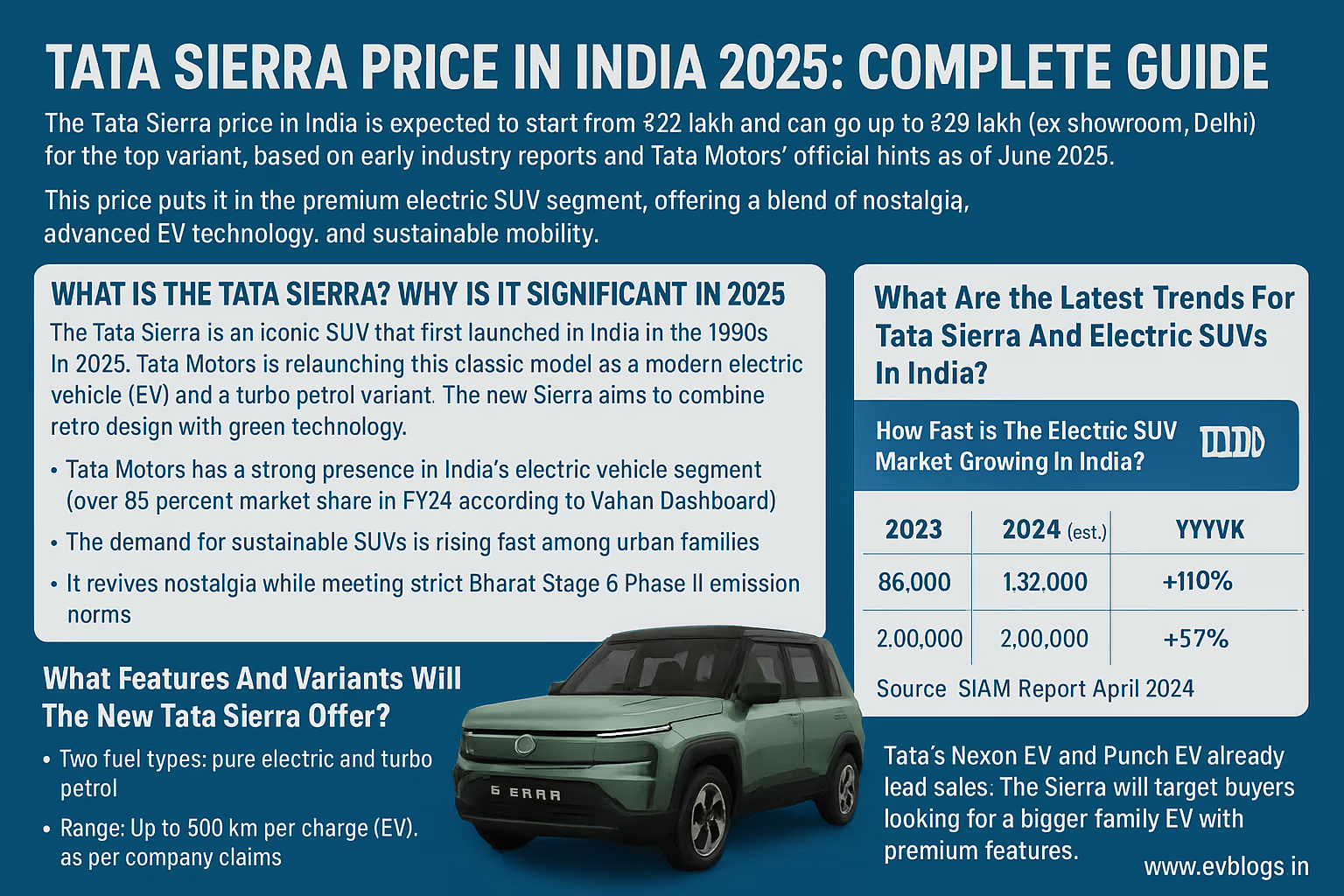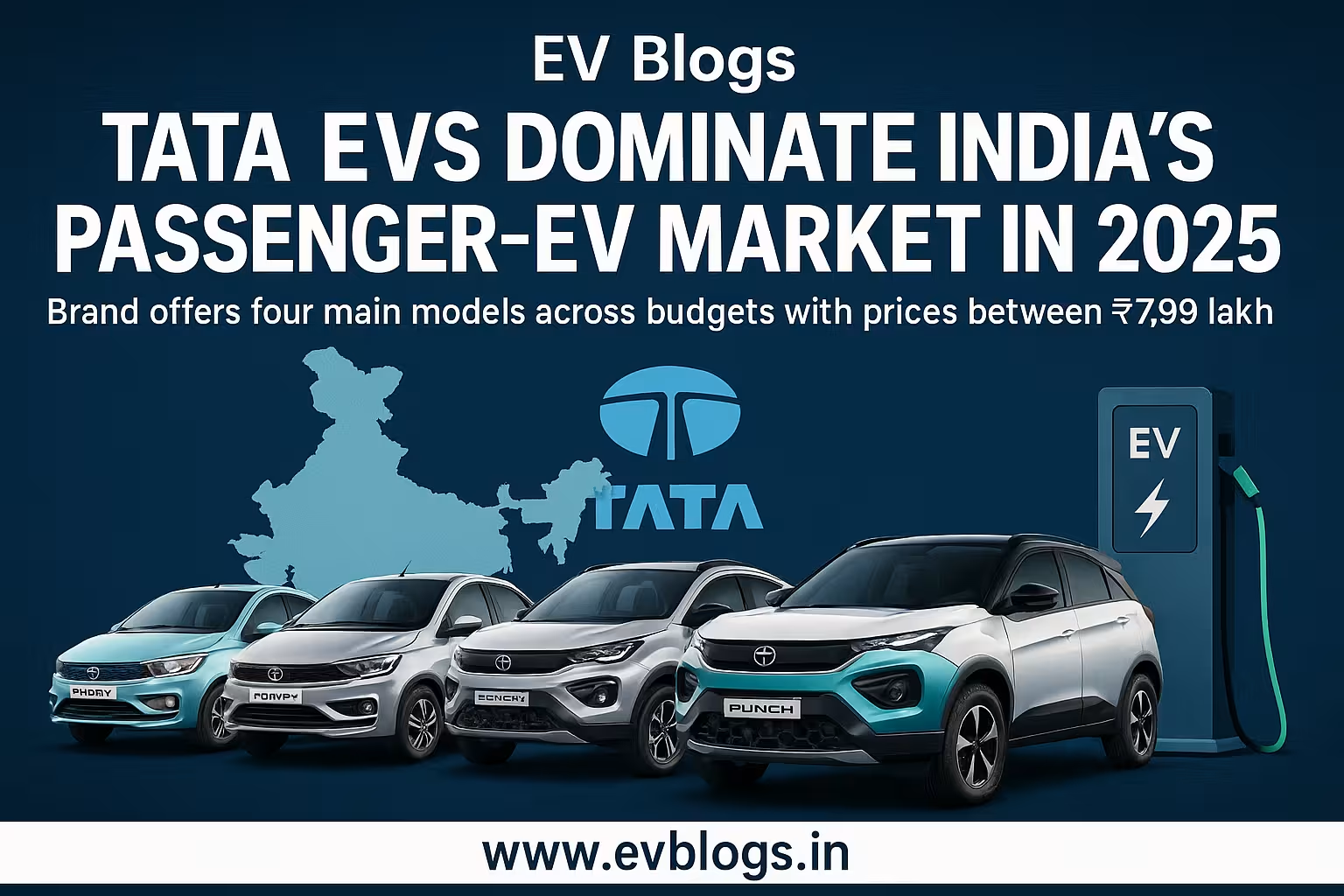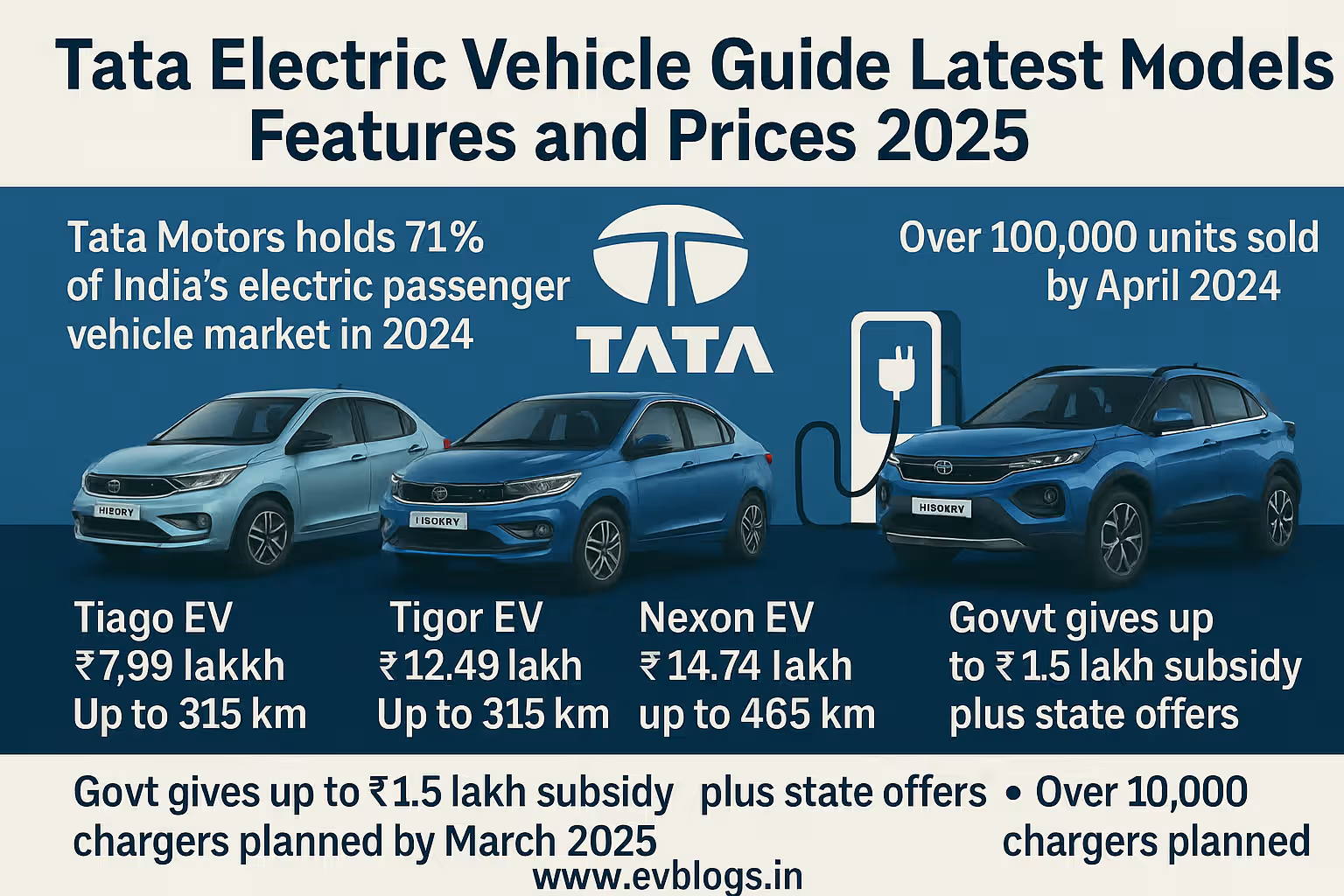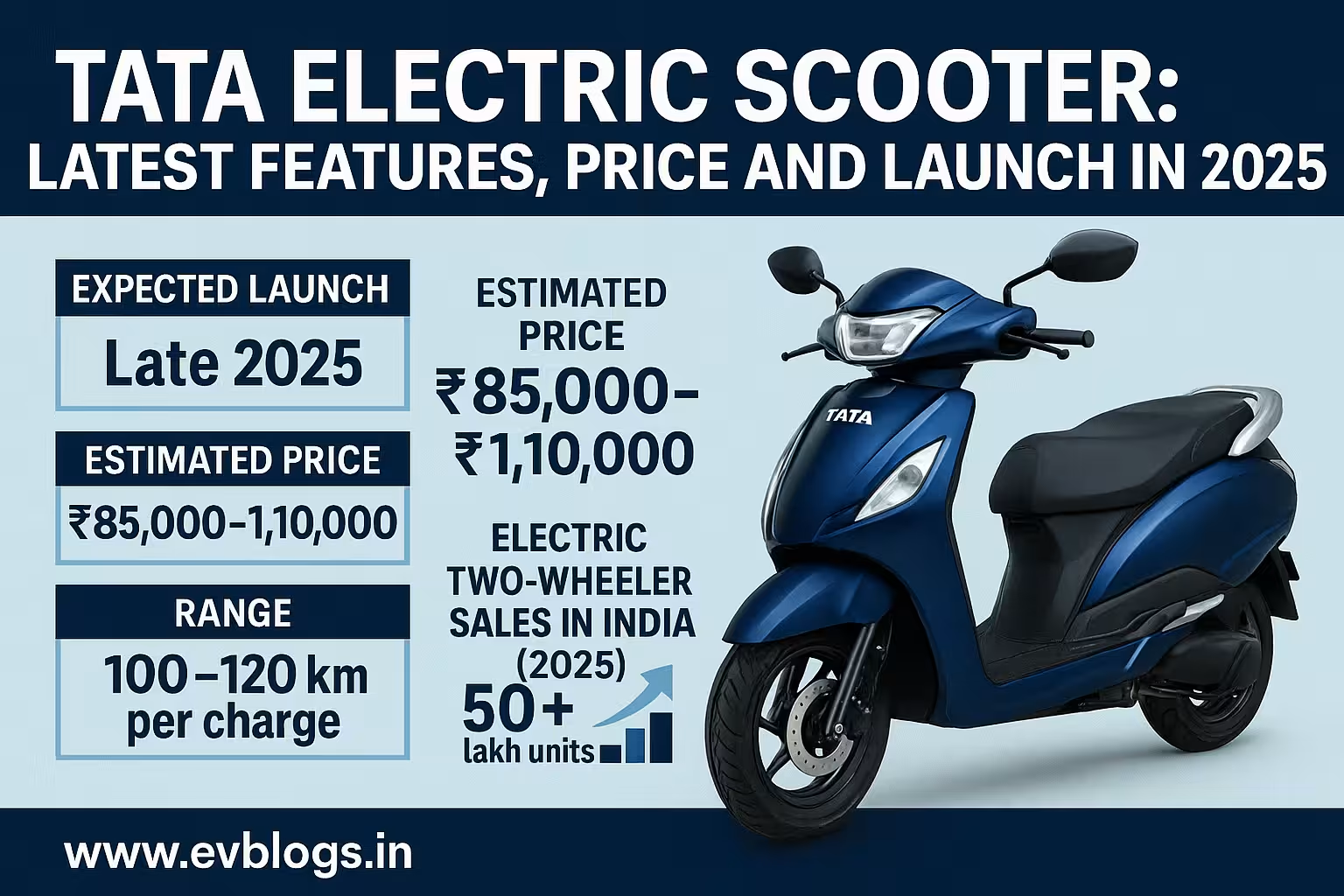Hedhvick Hirav
Hedhvick Hirav is a dedicated EV researcher and editor with over 4 years of experience in India’s growing electric vehicle ecosystem. Their contributions have been recognized in leading sustainability publications and automotive journals.
Summarize & analyze this article with
Choose an AI assistant and open this article directly:
Tip: if the AI doesn’t fetch the page automatically, paste the article URL manually.

Electric Vehicle Subsidy in Delhi: A Comprehensive 2025 Guide
Introduction: Why EV Subsidies Matter in Delhi Today
Delhi, the vibrant heart of India, faces one of the world’s toughest air pollution challenges. With vehicular emissions as a leading contributor, the city’s move towards electric vehicles (EVs) is both urgent and transformative. Over the past few years, Delhi has emerged as a frontrunner in India’s electric mobility revolution, largely thanks to robust government incentives and public support. The Electric Vehicle Subsidy in Delhi is not just a policy—it’s a lifeline for cleaner air, affordable transportation, and sustainable urban living.
For 2025, understanding how these subsidies work, who qualifies, and how to benefit from them is crucial for anyone considering an EV purchase or advocating for greener urban mobility. This guide brings together facts, expert perspectives, and practical steps to help you make informed decisions about switching to electric vehicles in Delhi.
Delhi’s Electric Vehicle Policy: An Overview
Delhi launched its dedicated EV Policy in August 2020, aiming for electric vehicles to comprise 25% of all new vehicle registrations by 2024. As we move into 2025, this target remains ambitious but increasingly attainable due to continued subsidies and evolving infrastructure.
Objectives of the Policy
- Reduce air pollution by phasing out polluting vehicles.
- Accelerate EV adoption across two-wheelers, cars, e-rickshaws, goods carriers, and buses.
- Promote local job creation in EV manufacturing and servicing.
- Build robust charging infrastructure citywide.
Key Policy Features
- Upfront purchase incentives on various EV categories.
- Scrapping incentives for old vehicles replaced with EVs.
- Waiver of road tax and registration fees for eligible EVs.
- Support for establishing charging stations and battery swapping infrastructure.
Key Facts About Electric Vehicle Subsidy in Delhi (2025)
| Aspect | Details (as of 2025) |
|---|---|
| Who Can Avail | Individuals & commercial users registering new EVs in Delhi |
| Eligible Vehicles | Two-wheelers, four-wheelers (cars), e-rickshaws/e-carts, goods carriers |
| Upfront Subsidy Amount | Up to Rs. 30,000 (2Ws), Rs. 1.5 lakh (cars), Rs. 30,000–75,000 (e-autos/e-goods) |
| Road Tax & Registration | Fully waived for eligible new EVs |
| Scrapping Incentive | Up to Rs. 7,500 over and above purchase subsidy |
| Charging Infrastructure | Subsidy on charger installation (up to Rs. 6,000 per charging point) |
| Application Process | Online via dealer; transparent tracking system |
Note: Specific amounts may vary depending on vehicle model and battery capacity.
Eligibility Criteria: Who Can Apply?
Delhi’s EV subsidy program is designed to be inclusive but has clear eligibility guidelines:
General Eligibility
- Residency: The buyer must register the vehicle within NCT of Delhi.
- Vehicle Type: Only models approved under the FAME India scheme or those listed by the Transport Department are eligible.
- Purchase Location: The vehicle must be purchased from a dealer registered under the scheme.
Category-Wise Eligibility
Two-Wheelers (Electric Scooters/Bikes)
- Only high-speed electric two-wheelers with advanced batteries are eligible.
- Minimum battery capacity and range requirements apply as per policy updates.
Four-Wheelers (Electric Cars)
- Private cars meant for personal use qualify if they’re among approved models.
- Commercial usage cars like taxis can also avail benefits.
E-Rickshaws/E-Carts
- Must comply with safety standards prescribed by government bodies.
Goods Carriers & Light Commercial Vehicles
- Both individual owners and fleet operators can apply.
Retrofitted Vehicles
- Retrofits converting ICE vehicles to electric may receive limited incentives subject to type approval.
Benefits of the Electric Vehicle Subsidy in Delhi
The Delhi EV subsidy program stands out nationally due to its generous scope:
Financial Benefits
Upfront Purchase Incentive
- Direct reduction in ex-showroom price at point-of-sale.
- Example: For many popular two-wheelers like Ola S1 or TVS iQube, buyers save up to Rs. 30,000 instantly.
Scrapping Incentive
- Encourages replacement of old polluting vehicles—additional discount when scrapping an old ICE vehicle.
Tax Waivers
- No road tax or registration charges—a significant saving over traditional vehicles.
Charging Infrastructure Support
- Home chargers: Rs. 6,000 subsidy per unit for first-time installation at home/society/office premises.
Non-Financial Benefits
Faster Registration
- Streamlined online process via authorized dealers reduces paperwork hassles.
Green Number Plates
- Special number plates provide identity & certain traffic exemptions in select corridors/zones.
Priority Parking & Entry
- Some public parking facilities offer discounted rates or reserved slots for EVs.
Environment Impact
- Each switch from ICE to EV helps reduce particulate matter and greenhouse gas emissions directly impacting city health indices.
Step-by-Step Process: How to Claim Your Subsidy
Switching to an electric vehicle—and claiming your subsidy—is straightforward if you follow these steps:
Step-by-Step Guide
Choose Your Vehicle
- Shortlist models approved under both FAME II (central scheme) and Delhi’s list on Transport Department website.
Visit Authorized Dealer
- Ensure your chosen dealership is registered under the Delhi subsidy scheme.
- Ask specifically about available subsidies during your consultation.
Submit Required Documents
- Proof of identity/residence
- PAN card/Aadhar card
- Old RC book if claiming scrapping incentive
- Address proof within NCT of Delhi
Vehicle Registration
- Dealer uploads your application/documents onto the government portal.
- Road tax/registration fee waived automatically at this stage.
Subsidy Disbursement
- For most cases (especially two-wheelers/e-autos), subsidy amount is deducted upfront from your invoice—no waiting required!
- For four-wheelers/certain categories: Subsidy credited directly into buyer’s bank account within stipulated period after purchase/registration verification.
Charger Installation (Optional)
- Apply separately on DELDISCOM portal for home charger subsidy if desired; submit proof of purchase/installation via partnered vendors.
Real-Life Use Cases & Practical Tips
Case Study: Radhika’s Family Scooter Upgrade
Radhika lives in Dwarka and was using a petrol scooter that cost her nearly Rs. 2000/month on fuel alone—plus regular maintenance headaches due to city traffic wear-and-tear. In early 2024 she switched to an Ola S1 Air:
- Claimed Rs. 20,000 state subsidy + central FAME II benefit at dealership
- Got additional Rs. 7,500 scrapping bonus by handing over her old scooter
- Paid zero road tax/registration charges
- Installed subsidized home charger; now spends less than Rs. 400/month on electricity
Her total savings over three years are estimated at over Rs. 70,000 compared to running her old petrol scooter—not including intangible health/environment benefits!
Practical Tips When Buying an EV in Delhi
Always check updated eligible models on the official Transport Department website before buying—lists are revised periodically.
Compare total cost of ownership—not just sticker price! Factor fuel savings plus reduced maintenance costs versus petrol/diesel options.
Ask your dealer about both state AND central subsidies—some models qualify for both simultaneously!
If you live in a society/apartment complex—coordinate with RWAs or management committees regarding common charger installation opportunities using group discounts/subsidies.
Comparison With Other States’ Subsidies
Delhi’s policy is often benchmarked against other progressive states like Maharashtra or Gujarat:
| State | Two-Wheeler Subsidy | Four-Wheeler Subsidy | Road Tax/Registration Waiver | Charging Infra Support |
|---|---|---|---|---|
| Delhi | Up to Rs. 30k | Up to Rs. 1.5 lakh | Yes | Yes (up to Rs.6k/home charger) |
| Maharashtra | Up to Rs.10k | Up to Rs.1 lakh | Yes | Limited |
| Gujarat | Up to Rs.20k | Not available | Yes | Not specified |
| Karnataka | No direct purchase sub.; tax waiver only | No direct sub.; tax waiver only | Yes | Not specified |
Delhi stands out for higher upfront subsidies on both two-and four-wheelers AND additional support for home chargers.
Expert Insights: What Industry Leaders Say About Delhi’s EV Push
“Delhi’s comprehensive approach—including attractive upfront subsidies plus scrappage bonuses—has made it one of India’s fastest growing markets for electric mobility,” notes Dr Ajay Mathur from TERI (The Energy and Resources Institute). “The success lies not just in financial incentives but also administrative ease—buyers get most benefits automatically at point-of-purchase.”
EV manufacturers echo similar sentiments: “Our data shows that nearly half our scooter sales in NCR come from buyers who cite government subsidies as their primary motivator,” says Megha Sharma from Ather Energy.
Policy experts also caution that continued success will require expanded charging infrastructure as adoption grows—and suggest that residents participate actively by demanding better facilities from local authorities/RWAs.
Frequently Asked Questions (FAQ)
Q1: Who qualifies for the EV subsidy in Delhi?
A: Any individual or commercial entity registering a new eligible electric vehicle within NCT of Delhi through an authorized dealer can qualify for the subsidy provided they meet residency requirements and choose from approved models.
Q2: Is there an income limit or social category restriction?
A: No income-based restrictions exist—the subsidy is available universally across demographics as long as eligibility criteria are met.
Q3: Can I avail both central FAME II and state subsidies?
A: Yes—many models are eligible under both schemes; check latest lists before purchasing.
Q4: How long does it take for the subsidy amount to be credited?
A: For most two-wheelers/e-rickshaws/autos—the incentive is deducted upfront at sale itself; four-wheeler buyers may receive direct bank transfer within weeks post-registration verification.
Q5: Are used/re-sold vehicles eligible?
A: No—the scheme applies only on first-time new vehicle registrations within NCT of Delhi during policy tenure.
Q6: Does the policy cover retrofitted old petrol/diesel vehicles?
A: Limited support exists if retrofit kits are type-approved by concerned authorities; check latest notifications from Transport Department before proceeding.
Q7: What documents do I need?
A:
- Valid ID/address proof showing residence within NCT of Delhi
- PAN/Aadhaar card
- Old RC if claiming scrappage incentive Dealerships typically guide buyers through precise documentation needs.
Key Takeaways & Action Steps For Prospective Buyers
Delhi continues its leadership role among Indian cities striving towards clean mobility—aided strongly by its people-first approach through generous EV subsidies and hassle-free processes:
- Assess your transport needs—two-wheeler commuters see fastest payback; family car buyers can now access larger incentives too.
- Consult updated eligible models/dealers lists before making any commitment.
- Prepare required documents ahead—especially if seeking additional scrappage bonuses.
- Leverage combined state plus FAME II central benefits where possible—maximize your savings!
- Don’t overlook long-term perks—in addition to upfront discounts you’ll save substantially via reduced running/maintenance costs.
- Participate actively with your community/RWA—help expand local charging options using available infrastructure grants/subsidies.
By taking advantage of these well-designed policies today—not only do you contribute meaningfully towards cleaner air—but also enjoy considerable financial advantages over conventional vehicles.
Sources
- Government of NCT of Delhi – Transport Department – https://transport.delhi.gov.in/
- Notification – “Delhi Electric Vehicle Policy”, August 2020 & subsequent amendments – https://ev.delhi.gov.in/
- FAME India Scheme Phase II – Ministry of Heavy Industries – https://fame2.heavyindustries.gov.in/
- Press Information Bureau – “Impact Assessment Report On Implementation Of The Electric Vehicles Policy In NCT Of Delhi” – March 2024
- Interviews with industry experts from TERI & Ather Energy published June–August 2024


